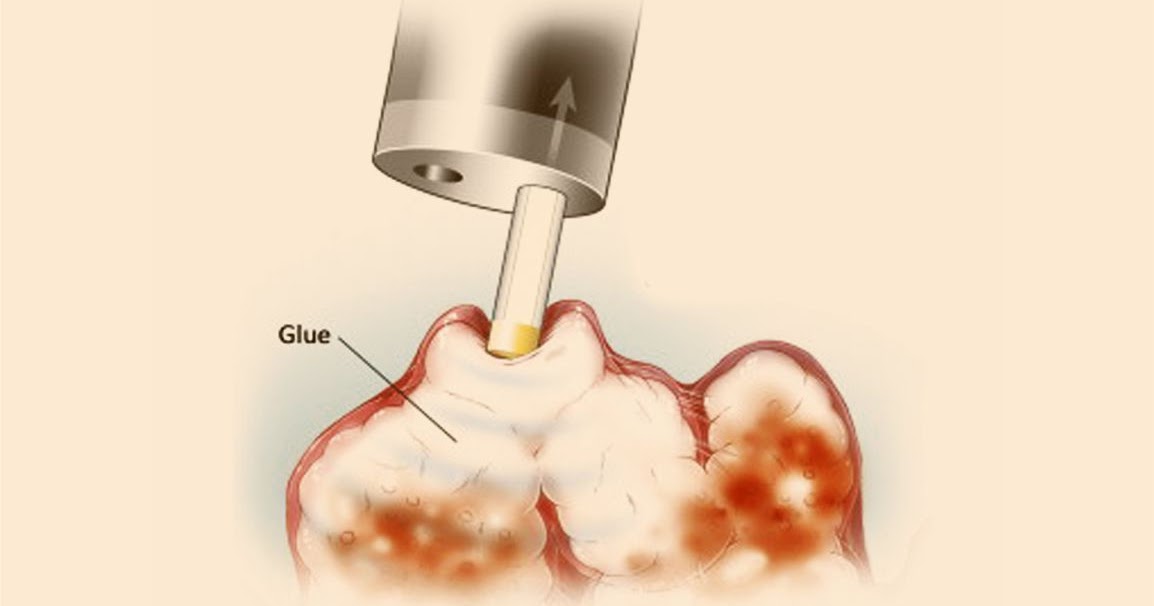
Variceal Glue Injection
A liquid monomer known as cyanoacrylate glue is injected into the varix using a needle under endoscopic guidance. The glue solidifies into a hard substance when it comes into touch with blood, plugging up the varix.
What function does endoscopic ultrasound-guided coil and glue injection serve in the management of stomach venous bleeding?
IGVs should currently be treated first with cyanoacrylate glue injection. Due to the possibility of the glue flowing through the bloodstream before it solidifies, this technique does carry an embolization risk. Although embolization is rare, it has happened and has the potential to cause substantial morbidity and mortality. The coil is a remedy for this restriction. The idea behind the coil's use was that the synthetic fibers may slow down blood flow in the vessel and encourage the production of blood clots, occluding the vessel.
Even while coil deployment can be done with fluoroscopic guidance, endoscopic ultrasonography (EUS) guidance is a more useful and user-friendly imaging technique. An endoscopist no longer needs to rely on an endoscopic view of the varix since EUS enables the endoscopist to see the targeted varix as well as the major feeder vessel to the varix and precisely insert the coil and deliver the glue (Figure 2). The stomach may be filled with food or blood. Doppler, which offers data on the blood flow rate inside the varix and if the varix has been completely cured, can also be used in conjunction with EUS guidance.


